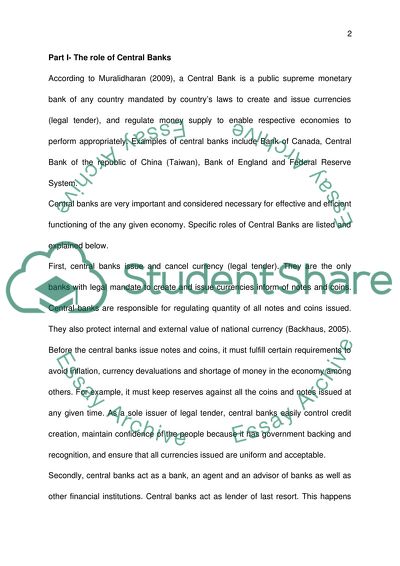Cite this document
(“The Role of Central Banks in Economics Assignment - 1”, n.d.)
The Role of Central Banks in Economics Assignment - 1. Retrieved from https://studentshare.org/macro-microeconomics/1749481-what-do-banks-really-do
The Role of Central Banks in Economics Assignment - 1. Retrieved from https://studentshare.org/macro-microeconomics/1749481-what-do-banks-really-do
(The Role of Central Banks in Economics Assignment - 1)
The Role of Central Banks in Economics Assignment - 1. https://studentshare.org/macro-microeconomics/1749481-what-do-banks-really-do.
The Role of Central Banks in Economics Assignment - 1. https://studentshare.org/macro-microeconomics/1749481-what-do-banks-really-do.
“The Role of Central Banks in Economics Assignment - 1”, n.d. https://studentshare.org/macro-microeconomics/1749481-what-do-banks-really-do.


